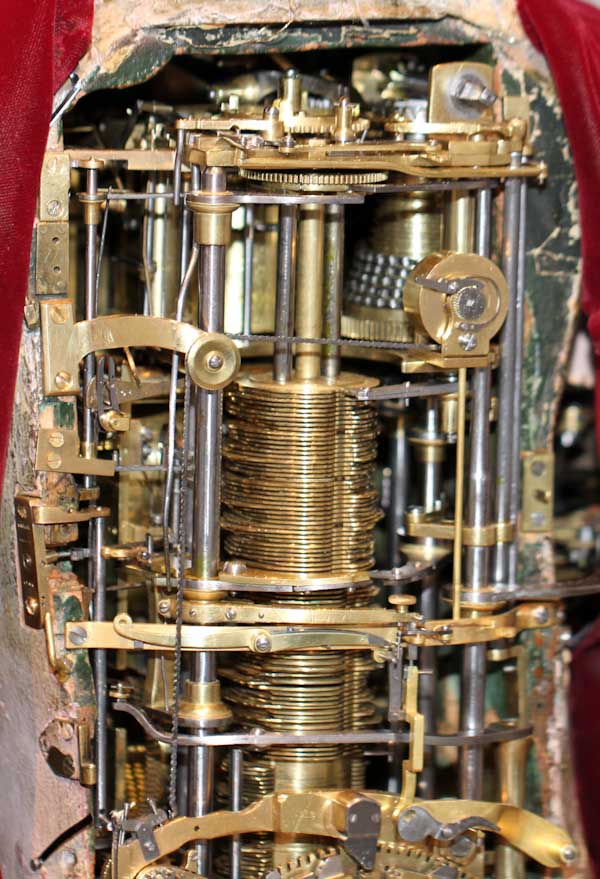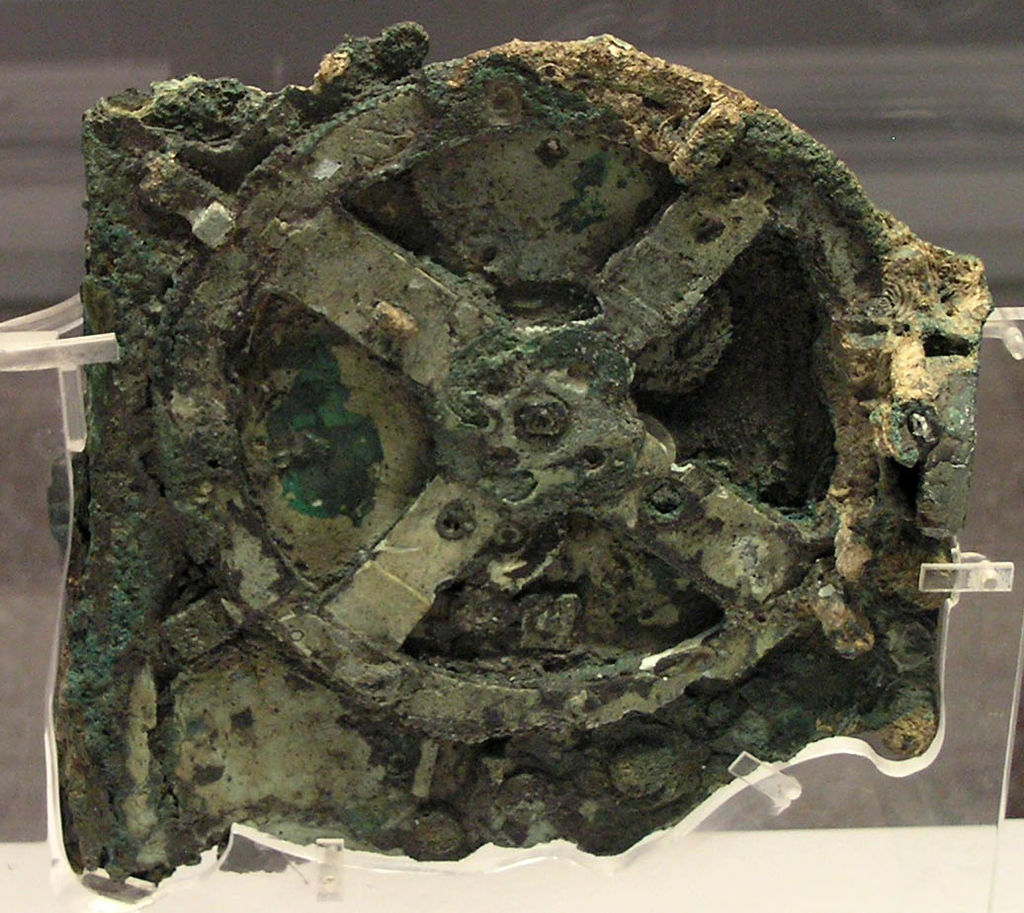The mechanism of Antikythera is an ancient Greek “Analogue computer” used to calculate astronomical positions. It’s a fascinating piece of technology that represents the earliest known mechanical clockwork: it is believed to have functioned as a set of at least 30 different bronze gears which several studies tried to reconstruct as digital or physical models. Its complexity seems incredible for the year ~100 BC.

I find it astounding that the knowledge of something as important as this piece of technology can be lost and only rediscovered independently after over 10 centuries. It makes you wonder how many other incredible things we might have lost or delayed on the way, and how faster and different our advancement as a species could have been in the past 2 millennia. One of the functions of this machine was to calculate the timing of the next Olympic games. You may call it the father of all countdowns, or the mother of all buzz-generating launches.
Move to the year 1774 and the Jaquet-Droz family, promoting their thriving watchmaking business, builds three automata which abundantly displays the level of mastery they have acquired in all things mechanical. Just peek into it and feel that no matter how hard your job is – it cannot match building something like that in the 18th century.

The most incredible of the three automata is probably The Writer, a fully programmable mechanical doll that can write on a piece of paper a custom message using quill and ink. Watch the video to be amazed by its level of detail.
It looks like this publicity stunt did well to the Jaquet-Droz family which after almost three centuries is still in the time-keeping business. Of particular note is the fact that they have not forgotten the lessons of their fathers and every once in a while they come up with some interesting contraptions as a marketing tool. Take a look at the Time Writing Machine (2009):
This machine almost resembles a Rube Goldberg machine, doing something very easy in an overly complex manner. But we shouldn’t take it too seriously, or too literally. What we are witnessing here is an exercise in style with one of Man’s greatest fascination, Time. It has an almost artistic quality to it.
Let’s proceed to the last item of this brief walk through Time.
The Clock by Christian Marclay (2010):
This 24h-long video combines it all:
- it is a magnificent piece of art on the nature of Time and our relation with it;
- it is a great product of its Times, in an era in which everyone on YouTube seems to be fascinated by compilations, megacuts and mash-ups;
- it is an incredible human feat. Going through thousands of hours of footage, manually scanning for references to Time;
- it was ultimately a great Marketing vehicle for Christian Marclay, propelling him to notoriety and awarding him prizes and fame.
It seems that Christian Marclay was very secretive about his work in its earliest stage. He was probably concerned about the possibility that the idea could have been stolen and carried out by someone else. It is reasonable to expect that by that point, Mr. Marclay realized that Time was of the essence.
* As it turns out, when The Clock started being displayed in museums, a distributed initiative started to retro-engineer the video trying to create a replica of it. It is often the case that the Internet’s Collective Consciousness dreams of regenerating its Phantom Limbs.

Post a Comment through Mastodon
If you have a Mastodon account, .